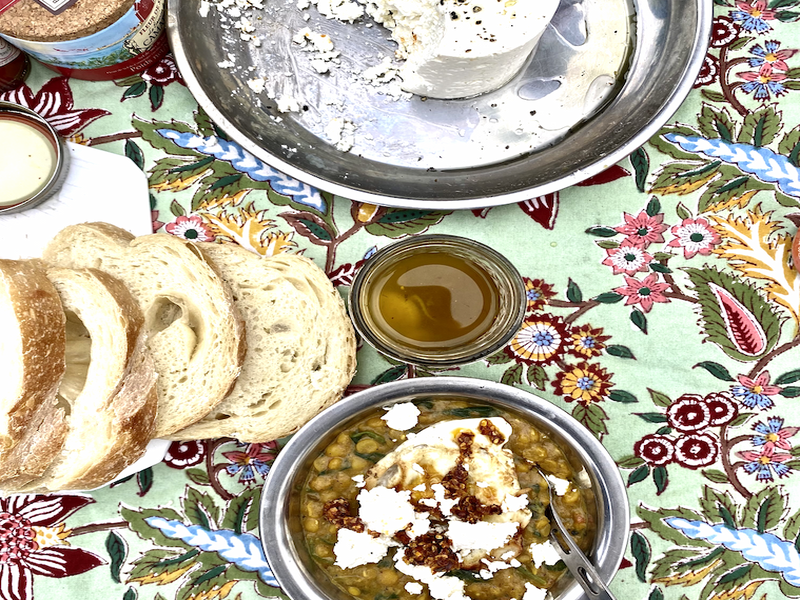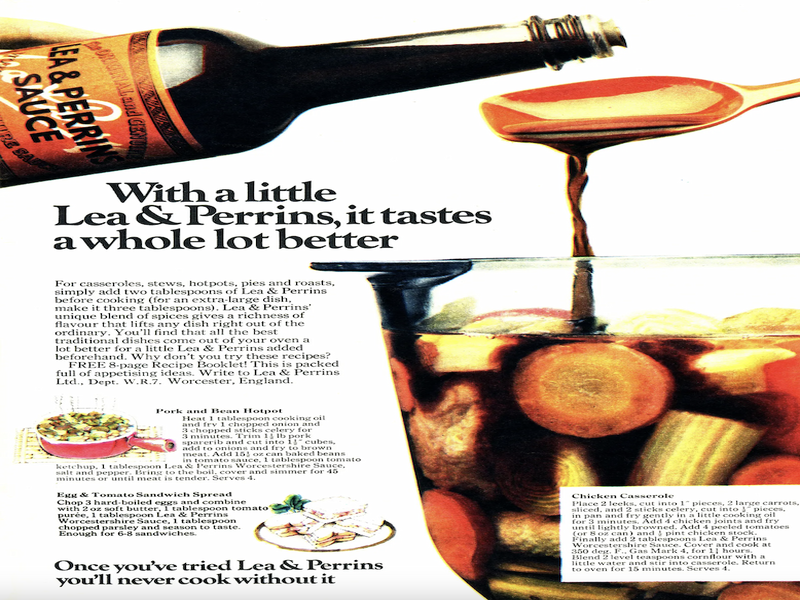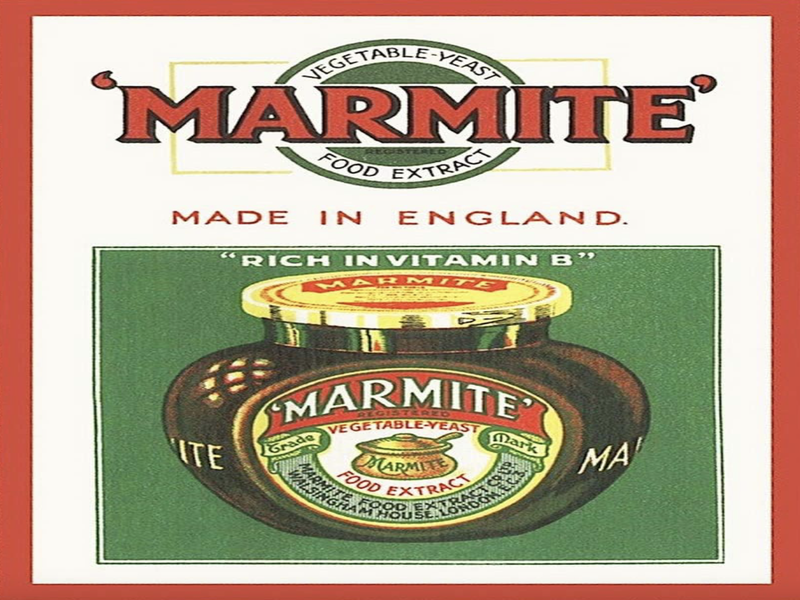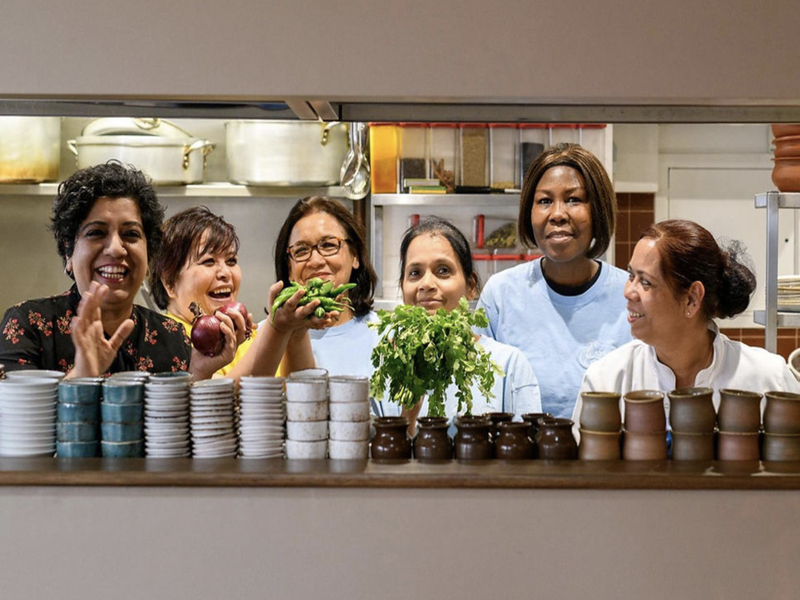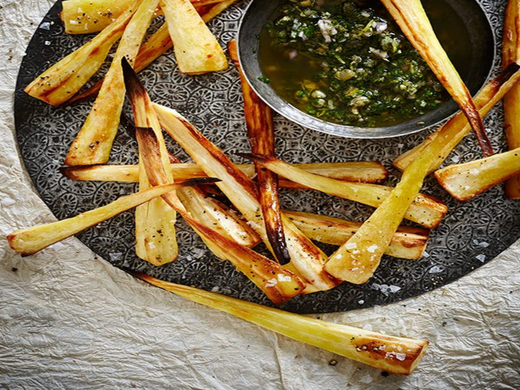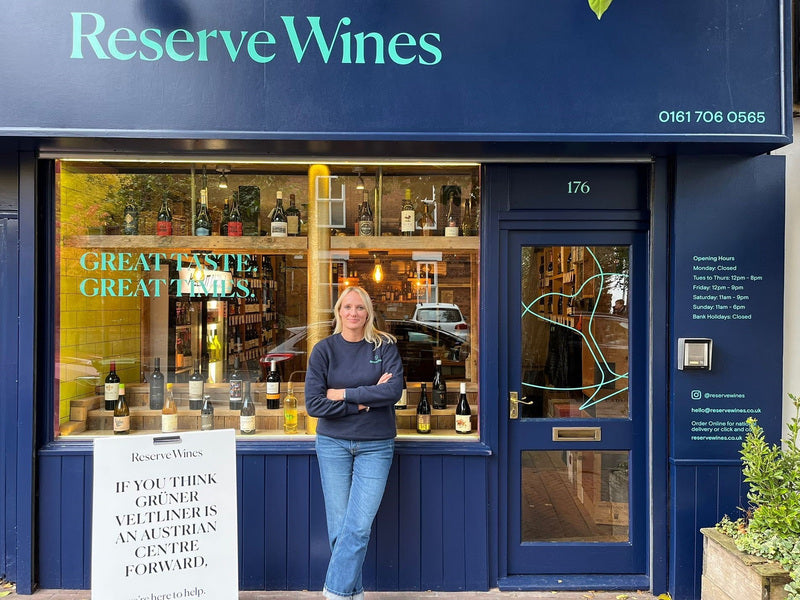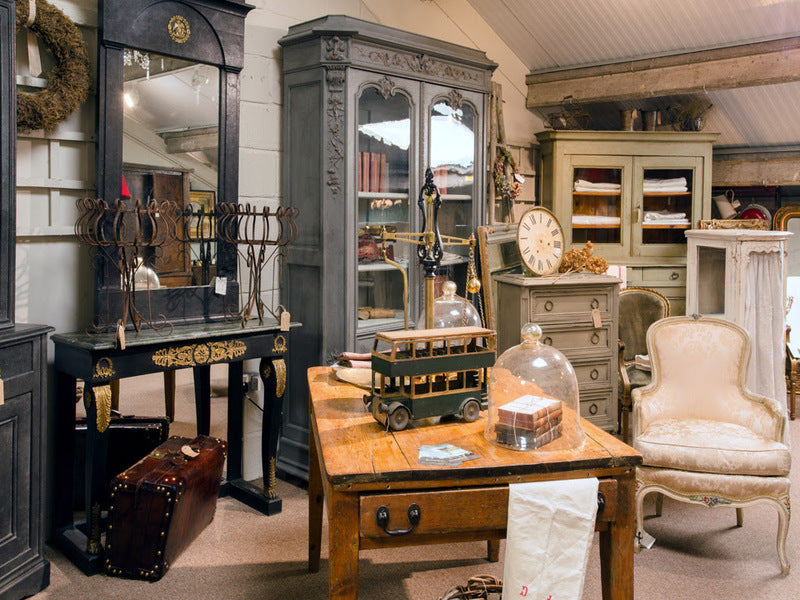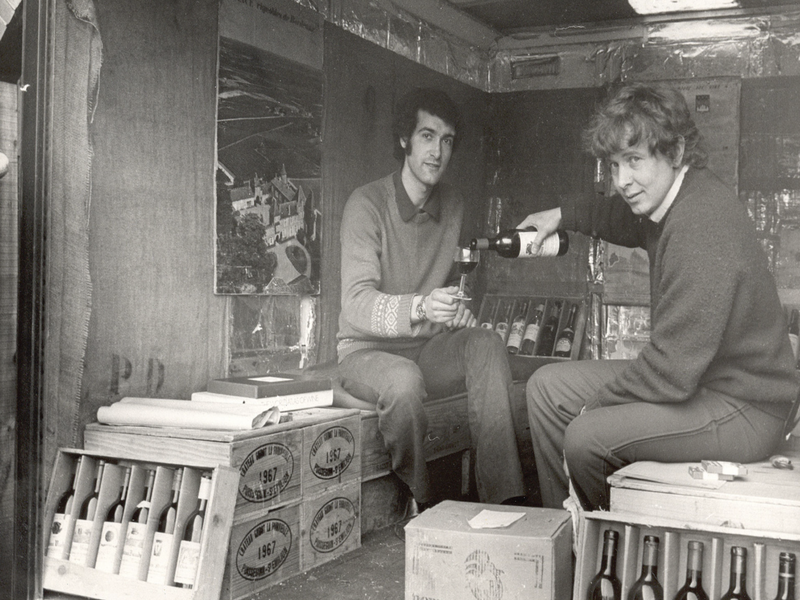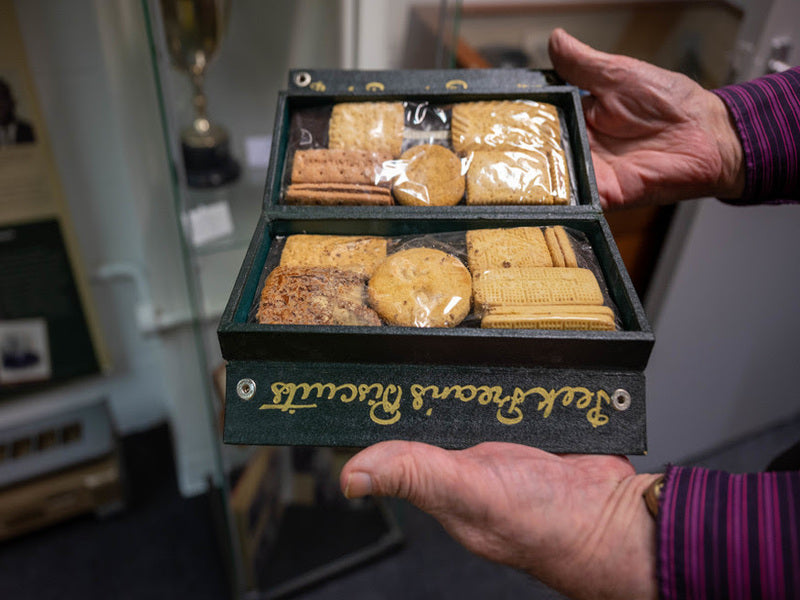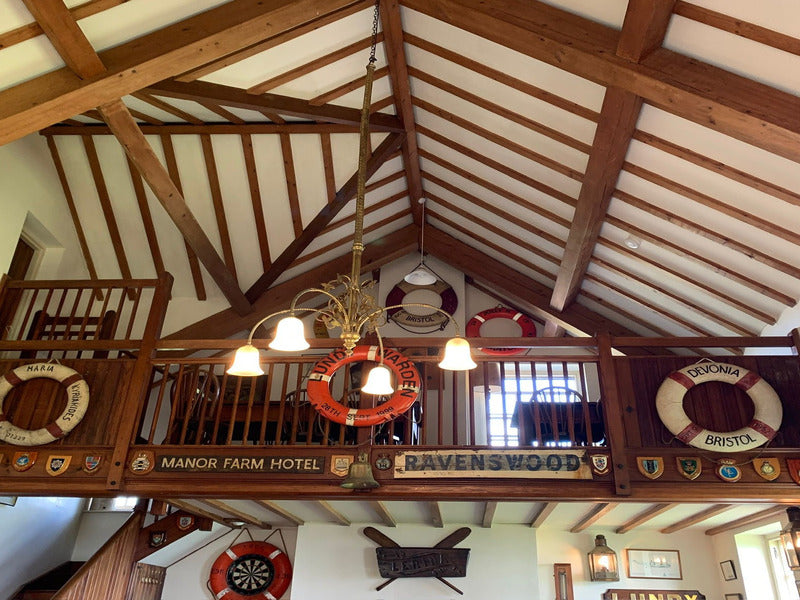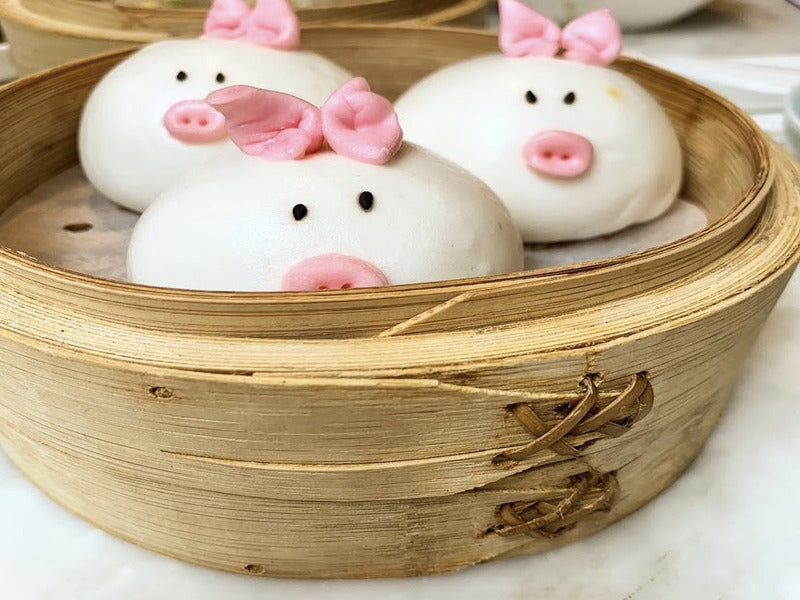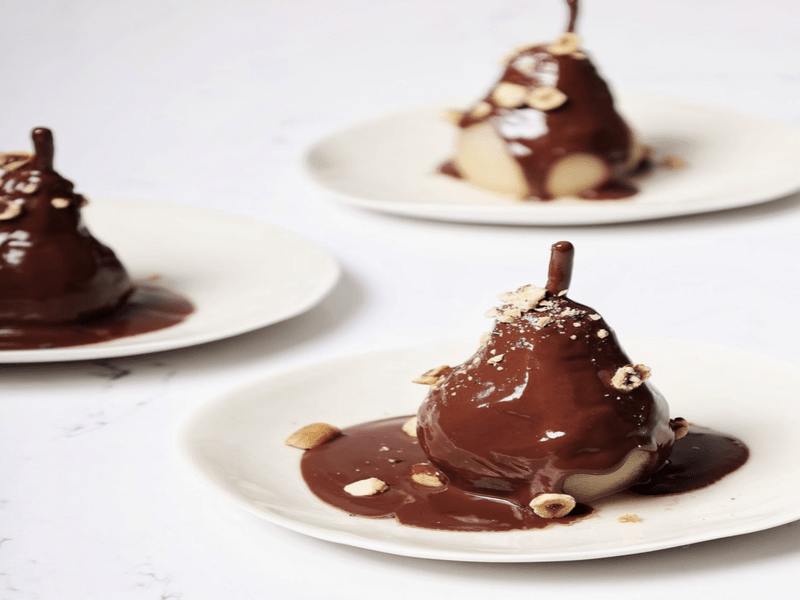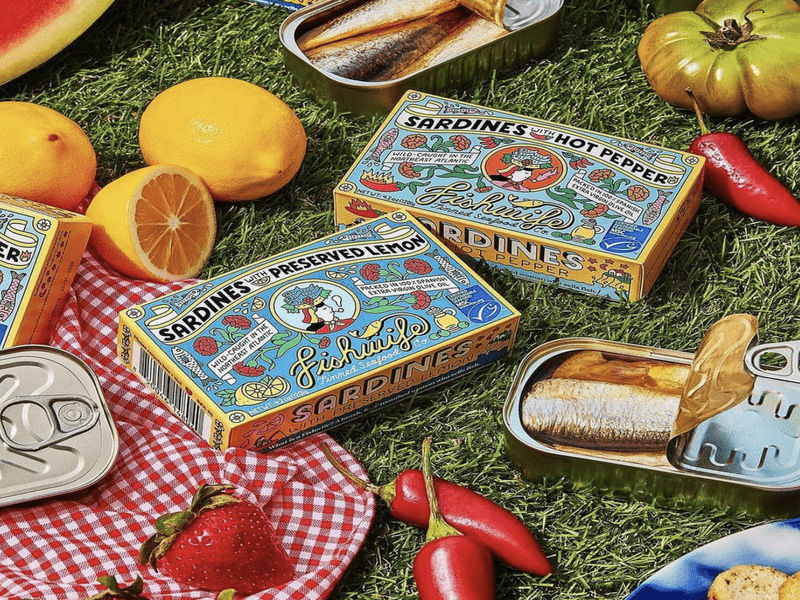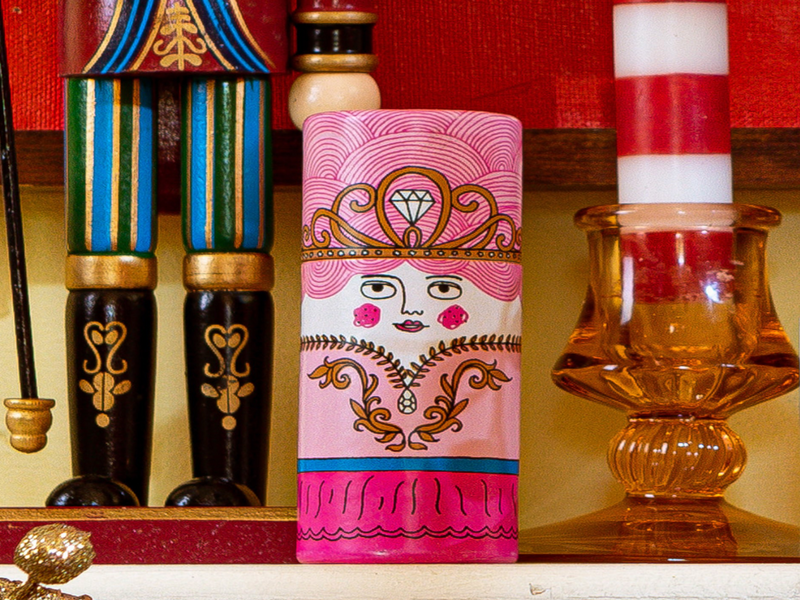TABLE TALK #135
Few foods inspire such intense devotion or disdain as Marmite.
With its tar-like texture, it could easily be mistaken for something pulled from a mechanic’s toolkit. Yet, somehow, it has burrowed its way into British culture, dividing taste buds for over a century.
This week’s Table Talk peels back the lid - exploring everything from Marmite's accidental origins to its status as polarising national treasure.
🍝 MAIN COURSE 🍝
The story of Marmite begins in the late 19th century, when a German scientist, Justus von Liebig, discovered that brewer’s yeast - once discarded as waste - could be concentrated into a savoury, nutritious paste. An accidental discovery, but a great revelation.
What started as an unexpected byproduct soon became the foundation of a new food entirely. By 1902, the Marmite Food Company was established in Burton-upon-Trent, a town perfectly positioned with its bounty of breweries to supply the crucial ingredient.
The spread’s name, surprisingly, has French roots. “Marmite” refers to a traditional cooking pot, and early versions of the product were sold in small earthenware jars that resembled one.
By the 1920s however, Marmite adopted its now-iconic glass jar design, complete with the red-and-yellow label and a nod to its French namesake on the packaging.

A charm that many find hard to live without. So much so that it's said Marmite is one of the top items Brits pack when heading abroad. A little jar of reassurance to bridge the miles between foreign lands and familiar comforts.

🍮 SWEET ENDINGS 🍮
How thinly should it be spread? Is butter essential, or a travesty? Should it grace bread, crackers, or, for the adventurous, slices of apple? Can it fraternise with jam? These questions have fuelled breakfast table arguments for decades.
Now, in case you were wondering - thinly, with lashings of butter, on a piping hot crumpet - you're welcome.









